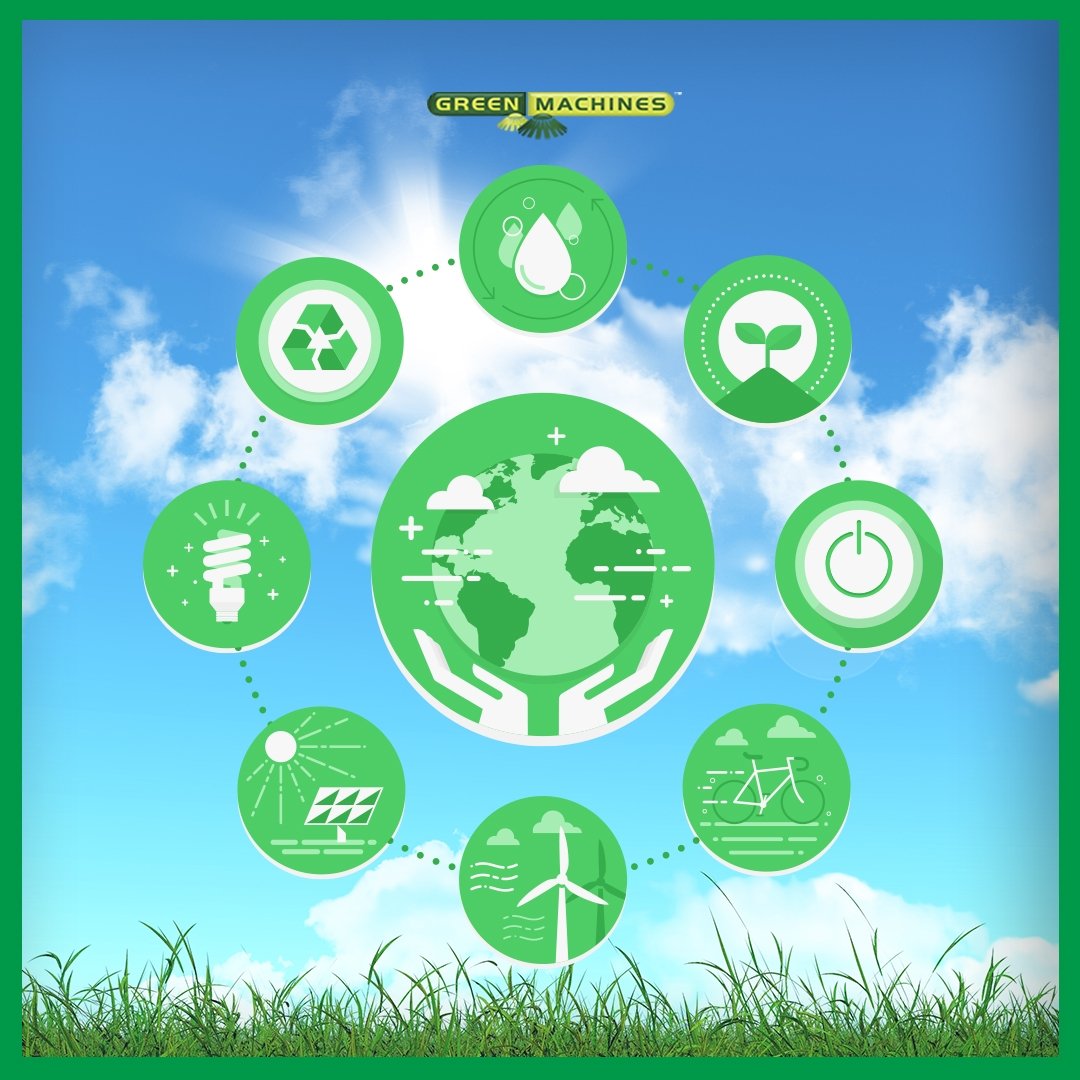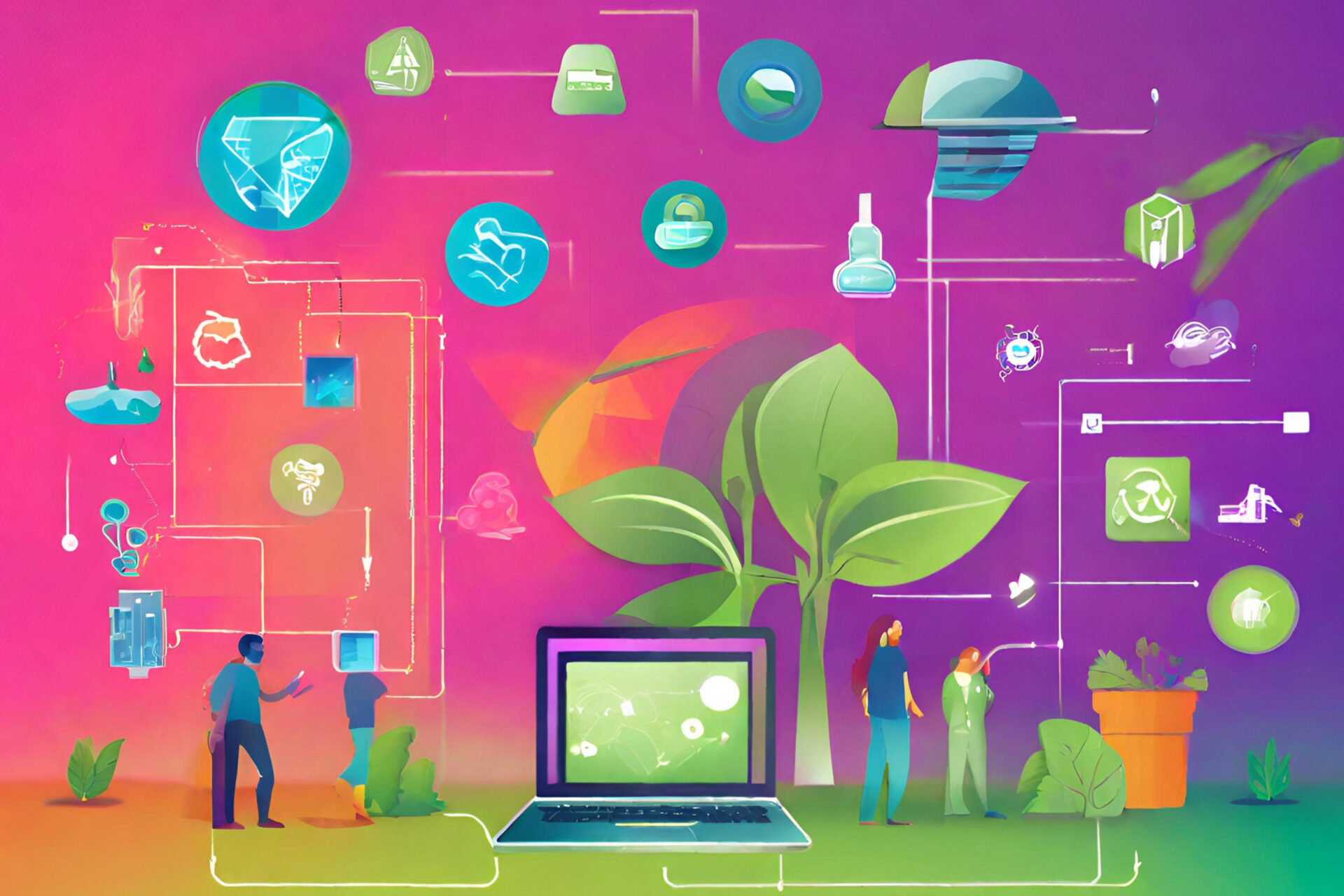
Overview of Sustainable Tech
Understanding Sustainable Technology
Sustainable technology, or “sustainable tech,” is all about creating innovative solutions that meet current needs without compromising the ability of future generations to meet theirs. It encompasses a wide range of applications, from renewable energy sources to eco-friendly materials, making it essential for achieving a sustainable future. Picture this: a neighborhood powered by solar panels, where homes are energy-proficient, and gardens thrive with rainwater harvesting systems in place. It’s a glimpse into a greener tomorrow!
Importance of Sustainable Innovations
The significance of sustainable innovations cannot be overstated; they are crucial in battling climate change and reducing our carbon footprint. Here’s why they matter:
- Environmental Impact: Reduce pollution and conserve natural resources.
- Economic Growth: Stimulate new job opportunities in green industries.
- Social Benefits: Improve health and wellbeing through cleaner energy solutions.
By embracing sustainable tech, we not only protect our planet but also create a thriving economy and a healthier world for everyone. It’s a win-win!

Solar Energy Solutions
Photovoltaic Technology
Continuing our exploration of sustainable tech, let’s shine a light on solar energy solutions, especially photovoltaic (PV) technology. This innovation cleverly converts sunlight into electricity, providing a versatile and sustainable power source for homes and businesses alike. I remember a neighbor who installed PV panels on their roof; their energy bill plummeted, and they were able to power their electric car, creating a mini-solar ecosystem!
Solar Panels and Batteries
Solar panels work hand-in-hand with batteries, ensuring we benefit from renewable energy even on cloudy days or at night. Here’s why they are essential:
- Energy Independence: Reduce reliance on fossil fuels.
- Cost-saving: Lower utility bills over time.
- Battery Storage: Store excess power for later use; no more ‘sunny day only’ limitations!
These tech advancements are not only smart but can lead to significant savings, environmental benefits, and a more sustainable lifestyle for all of us. Let’s harness the sun!
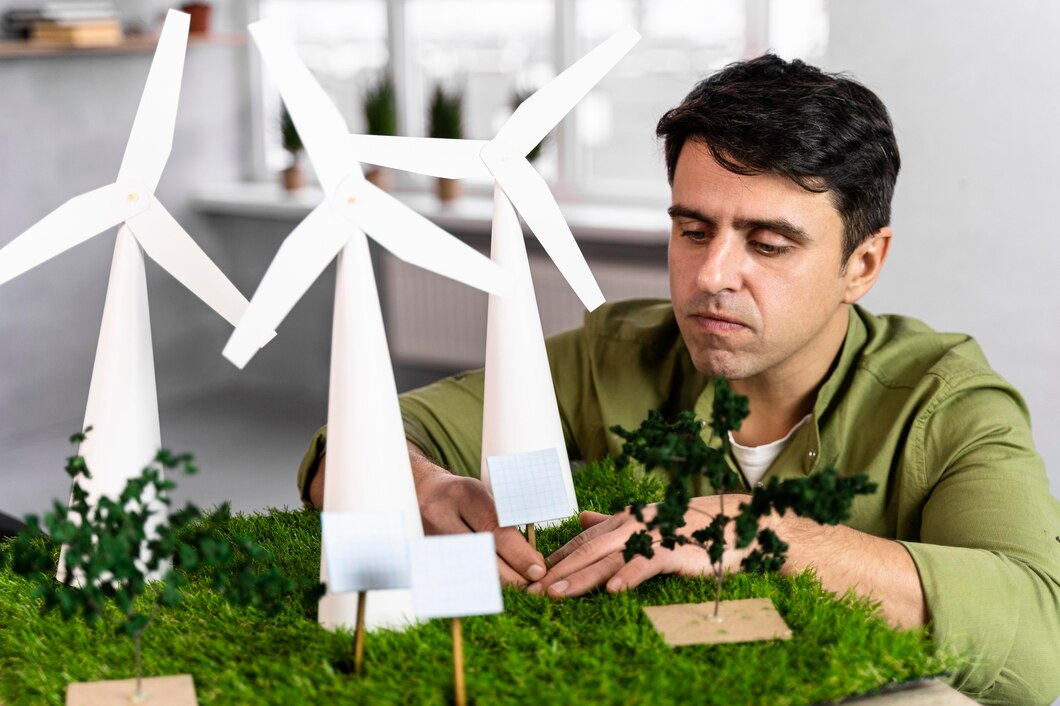
Wind Power Innovations
Wind Turbines and Offshore Wind Farms
Moving along our journey through sustainable tech, it’s time to feel the breeze with wind power innovations! Wind turbines, standing tall in fields and bouncing along coastlines, capture the wind’s energy to generate electricity. One memorable weekend, I visited a coastal town famous for its offshore wind farms, and seeing those massive turbines spinning gracefully against the ocean backdrop was nothing short of awe-inspiring.
Advancements in Wind Energy Storage
As we harness more wind energy, advancements in wind energy storage become crucial. Here’s what makes it exciting:
- New Technologies: Innovations like flywheel and compressed air storage systems help store energy generated during peak wind times.
- Grid Stability: Improved storage ensures a consistent energy supply, even when the wind doesn’t blow.
- Environmental Benefits: Wind energy reduces greenhouse gas emissions, making it a cleaner option than traditional fossil fuels.
With growing investment and technology, wind power is undoubtedly a key player in the move towards sustainable tech solutions, providing clean energy for generations to come.

Green Transportation
Electric Vehicles
As we ride the wave of sustainable innovations, green transportation is making headlines, particularly with electric vehicles (EVs). These eco-friendly cars have transformed the way we think about personal transportation. I still remember when my friend bought an electric car; the quiet hum as it drove away was like a science fiction moment. And let’s not forget the perks!
- Zero Emissions: EVs significantly reduce air pollution.
- Lower Operating Costs: Charging is often cheaper than gas, plus reduced maintenance with fewer moving parts.
Hydrogen Fuel Cell Technology
But the journey doesn’t end with electric vehicles—enter hydrogen fuel cell technology! This cutting-edge innovation generates power through a chemical reaction between hydrogen and oxygen, producing only water vapor as a byproduct. Here’s why it’s gaining traction:
- Rapid Refueling: Refueling at hydrogen stations takes just minutes, unlike charging an EV.
- Longer Range: Hydrogen vehicles can travel greater distances between refills.
Green transportation, through EVs and hydrogen solutions, is proof that we can enjoy modern mobility while caring for our planet. It’s exciting to witness these technologies shaping the future of how we travel!

Smart Energy Management
IoT in Energy Efficiency
As we dive deeper into sustainable tech, smart energy management takes center stage. One of the most remarkable changes is the Internet of Things (IoT) in energy efficiency. Imagine walking into a home where lights automatically adjust to your presence, or an energy monitor that informs you of your usage patterns. That’s the magic of IoT!
- Real-Time Monitoring: Track energy consumption with smart meters and devices.
- Automated Savings: Use smart thermostats to optimize heating and cooling, saving you money.
Grid Modernization
Alongside IoT, grid modernization is transforming our energy landscape. Advanced technologies enable the electrical grid to be more reliable and efficient. I once attended a community seminar where experts shared ways to modernize the grid, and it was eye-opening! Here are some key benefits:
- Enhanced Reliability: Reduced outages through smart grids that respond quickly to issues.
- Integration of Renewables: Facilitate connection to renewable energy sources like solar and wind.
By integrating IoT in energy efficiency and modernizing the grid, we can ensure a sustainable future that is both smart and environmentally friendly. Exciting times lie ahead in energy management!

Sustainable Materials and Recycling
Biodegradable Plastics
Continuing our discussion on smart technologies, let’s shift gears to sustainable materials and recycling, which are crucial for reducing waste. Biodegradable plastics are making waves in this area. Unlike traditional plastics that linger in landfills for centuries, these materials break down naturally, minimizing environmental impact. I remember attending a local eco-fair where vendors showcased biodegradable utensils, which made me rethink my single-use habits.
- Reduced Pollution: Lower emissions during production.
- Natural Decomposition: Breaks down into harmless substances within a few months.
Circular Economy Approaches
But there’s more! Embracing circular economy approaches is vital in sustainable materials management. This concept promotes reusing, recycling, and refurbishing products instead of discarding them. Picture this: a city where old tires are transformed into playground surfaces or furniture! Here are some compelling aspects of the circular economy:
- Resource Efficiency: Optimizes the use of materials and reduces waste.
- Job Creation: Encourages new business models focused on sustainability.
By investing in biodegradable plastics and embracing circular economy practices, we can pave the way for a more sustainable and resource-efficient future. Let’s recycle our way to a better planet!

Water Conservation Technologies
Efficient Irrigation Systems
Shifting focus to the ever-important topic of water conservation, it’s vital in our quest for sustainability. Efficient irrigation systems are revolutionizing how we use water in agriculture. Imagine walking through a lush garden where plants receive just the right amount of moisture, thanks to smart drip irrigation that minimizes waste. I once visited a farm that used such systems, and the water savings were remarkable!
- Targeted Watering: Delivers water directly to the roots, reducing evaporation.
- Drought Resistance: Helps crops thrive even in dry conditions.
Water Purification Methods
Equally important in the realm of water conservation are innovative water purification methods. These technologies ensure clean, safe drinking water—essential for healthy communities. I remember participating in a community project where we installed simple water filters, resulting in cleaner drinking water for many families. Here are some key purification techniques:
- Reverse Osmosis: Removes impurities by forcing water through a semi-permeable membrane.
- UV Water Purification: Uses ultraviolet light to kill pathogens without chemicals.
By embracing efficient irrigation systems and advanced purification techniques, we can conserve precious water resources and provide access to safe water for everyone. Together, we can ensure a sustainable future!
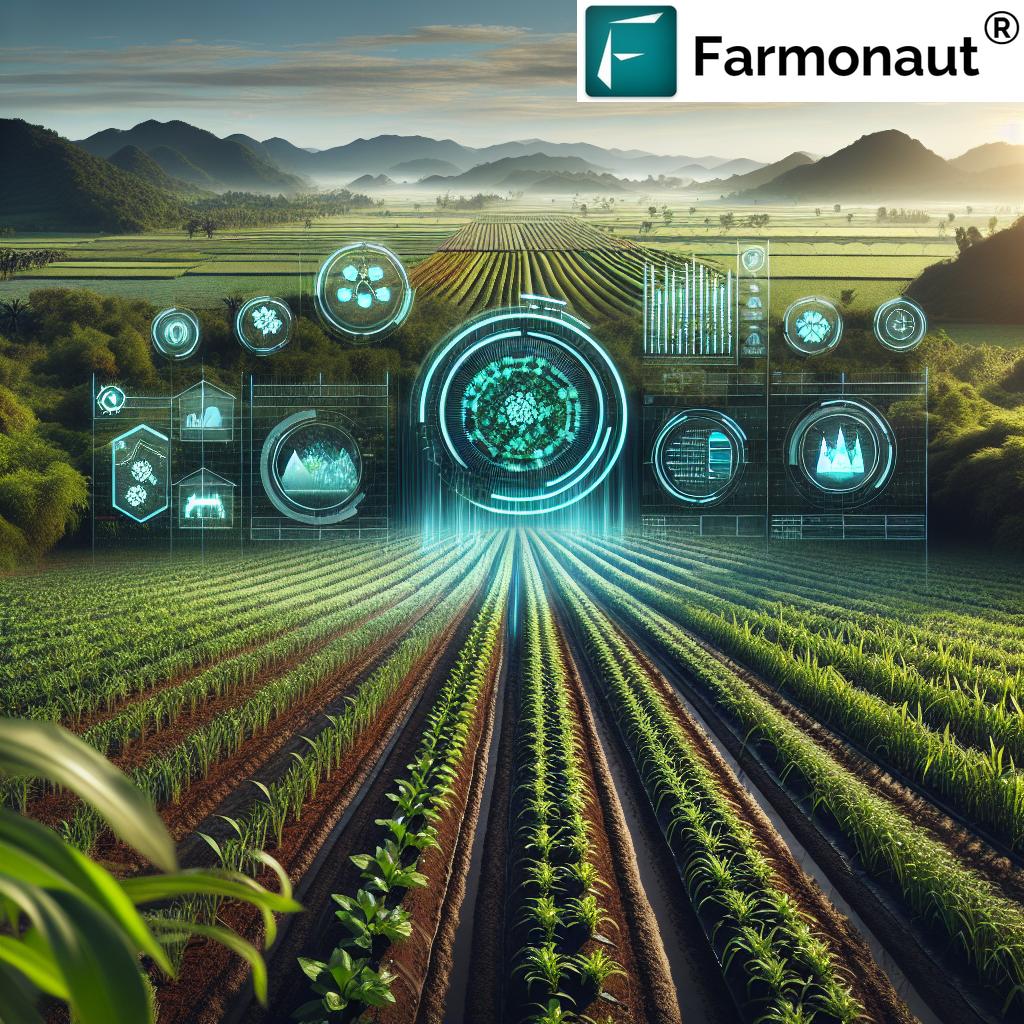
Sustainable Agriculture Practices
Precision Farming
Transitioning from water conservation to sustainable agriculture, it’s inspiring to see how technology is transforming farming practices! Precision farming is at the forefront, using data and technology to optimize crop yields while minimizing resource use. I once visited a farm where drones monitored crop health, providing real-time data that helped with everything from irrigation to pest control. Here’s why precision farming is a game-changer:
- Resource Optimization: Use only the necessary amount of water, fertilizers, and pesticides.
- Increased Yield: Monitor and address plant needs efficiently, resulting in stronger crops.
Organic Farming Techniques
Equally impressive are organic farming techniques that prioritize natural processes and sustainability. These methods avoid synthetic chemicals and embrace biodiversity, nurturing the soil and ecosystem. During a local farmer’s market visit, I spoke with an organic farmer who shared stories of their crop rotation practices, which enriched the soil naturally. Key benefits of organic farming include:
- Healthier Produce: Grown without harmful pesticides or fertilizers, resulting in cleaner food.
- Soil Conservation: Promotes healthy soil with techniques like composting and cover cropping.
By adopting precision farming and organic methods, we not only enhance food production sustainably, but we also protect our planet for future generations. Let’s celebrate these innovative practices in agriculture!
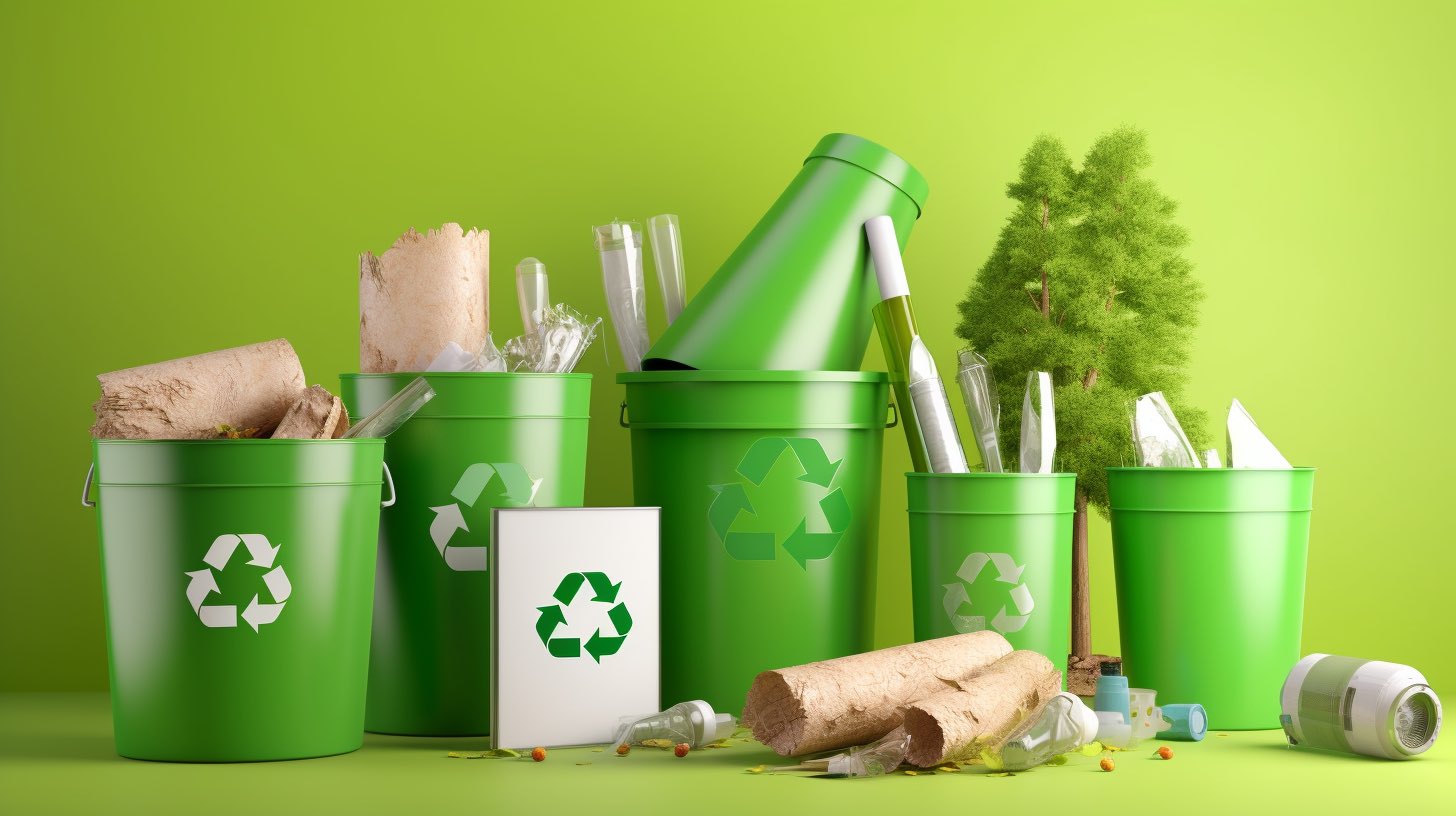
Waste Management Solutions
Waste-to-Energy Technologies
As we pivot from sustainable agriculture to waste management solutions, it’s eye-opening to see how we can turn waste into valuable resources! Waste-to-energy technologies are advancing rapidly, transforming trash into electricity through processes like incineration and anaerobic digestion. I once toured a waste-to-energy facility that showcased how everyday waste could power homes, leaving me inspired. Here’s what makes it valuable:
- Reduction in Landfill Use: Diverts waste from landfills, decreasing environmental impact.
- Energy Production: Converts waste into a renewable energy source, contributing to energy needs.
Recycling Innovations
Equally compelling are the latest innovations in recycling. Technologies are making it easier to reclaim materials that would otherwise end up in the trash. For example, I was fascinated to learn about a local startup that uses advanced sorting systems to efficiently recycle plastics. Consider these innovative practices:
- Smart Bins: Equipped with sensors to sort and collect recyclables automatically.
- Chemical Recycling: Breaks down plastics into their basic components, allowing for infinite recycling.
By leveraging waste-to-energy technologies and embracing recycling innovations, we can significantly reduce waste and contribute to a more sustainable future. It’s all about turning waste into opportunity!
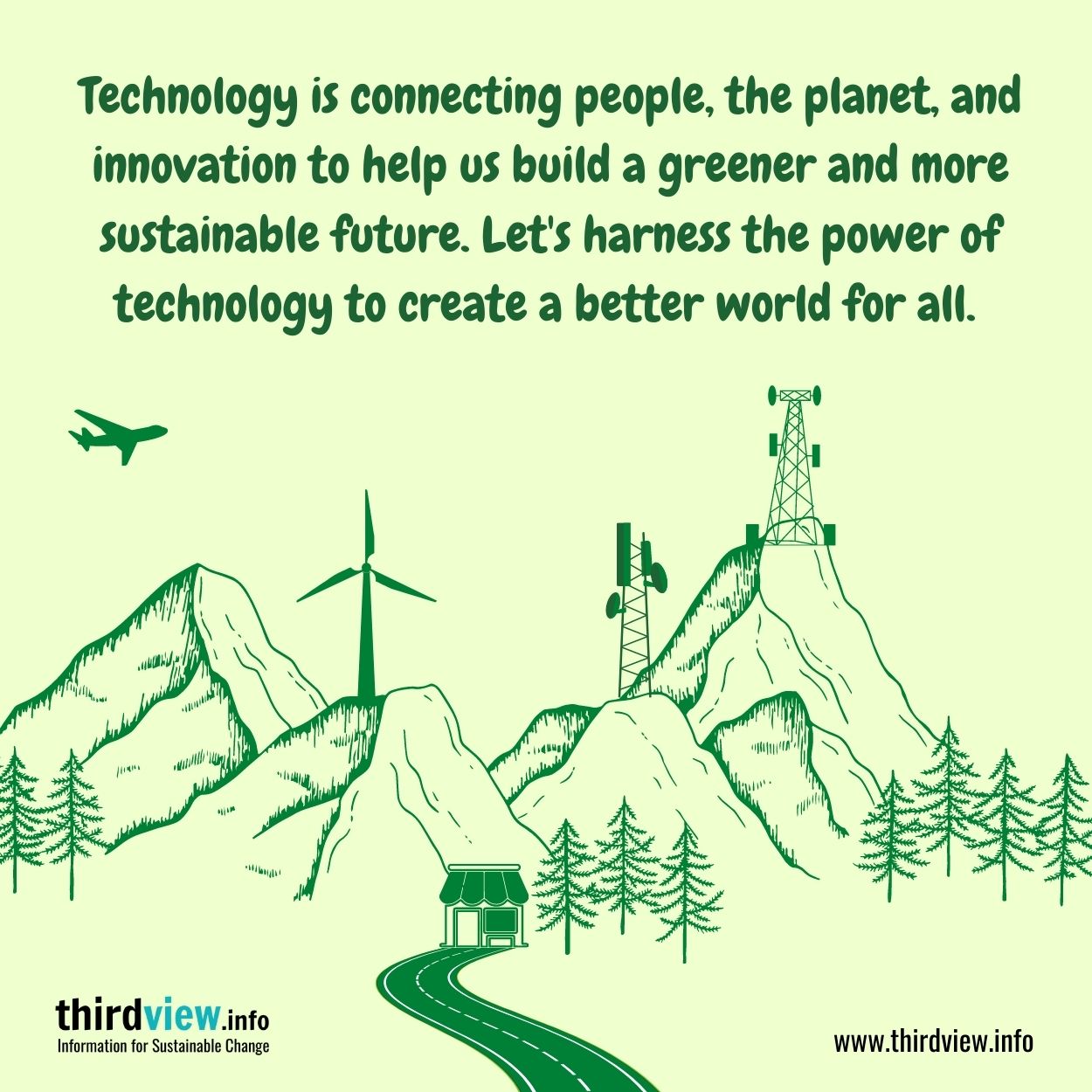
Corporate Sustainability Initiatives
ESG Investing
As we wrap up our exploration of waste management solutions, let’s turn our attention to corporate sustainability initiatives that are driving change in the business world. One remarkable approach is ESG investing, which evaluates companies based on Environmental, Social, and Governance factors. I recall a recent conversation with a friend who shifted their investment portfolio to focus on ESG companies, excited about supporting businesses that prioritize the planet. Benefits of ESG investing include:
- Financial Performance: Companies with strong sustainability practices often outperform their peers.
- Risk Management: Reduces exposure to environmental and social risks, ensuring long-term stability.
Green Supply Chain Management
In addition to ESG investing, green supply chain management is gaining traction among businesses striving for sustainability. This approach focuses on minimizing ecological impact throughout the supply chain. During a tour of a local manufacturing company, I was impressed by their commitment to sourcing materials sustainably and reducing waste. Key highlights include:
- Sustainable Sourcing: Prioritizing raw materials that are produced sustainably.
- Transportation Efficiency: Implementing eco-friendly shipping options to reduce carbon footprints.
By embracing ESG investing and green supply chain management, companies can lead the charge toward a more sustainable future, benefiting both the planet and their bottom line. Together, we can all contribute to this positive change!
